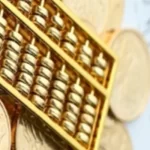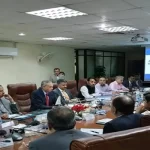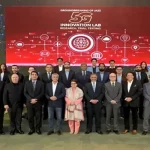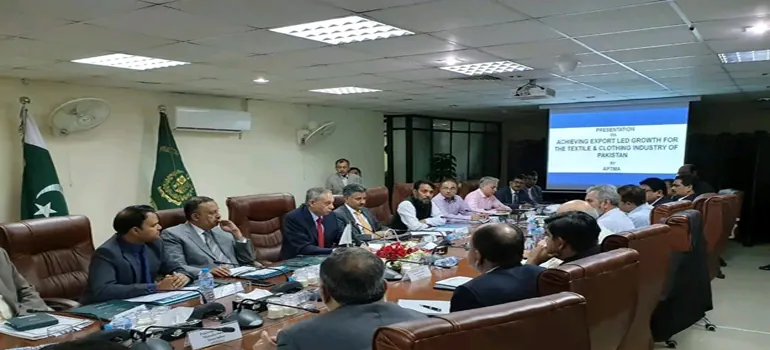
Textile Industry in Pakistan
Pakistan’s textile sector is a bright illustration of the nation’s historical legacy and economic might. Pakistan, whose textile industry has ancient traditions, has seen a dramatic transition from handloom weaving to high-tech, contemporary textile manufacture. The history of the sector is closely linked to the area’s legacy of cotton farming and weaving.
The textile industry in Pakistan now includes several different sectors, including spinning, weaving, and clothing production, in addition to the production of cotton. Pakistan enjoys a competitive advantage in the global textile market thanks to a large supply of cotton, a trained labour force, and cost-effectiveness.
International trade agreements have also helped the industry by enabling exports to important markets. Pakistan’s textile sector has long been the engine of the nation’s economy, greatly boosting both employment and GDP. Pakistan has become a global leader in the production and export of textiles, owing to its extensive historical background that extends back thousands of years. This article will examine the diverse aspects of Pakistan’s textile industry, including its historical development, present situation, and prospects and difficulties.
Evolution of History: From Handloom to High-Tech
- Advertisement -
Pakistan has a long history of textile production. It originated in prehistoric societies that practised cotton farming and weaving, such as the Indus Valley. The British colonial era was crucial to the development of the textile industry in more recent history. In this period of time, handlooms were introduced during this period, and the nation started to make textiles for export. In the 20th century, there was a major revolution in the industry.
Pakistan made the switch from traditional handloom production to mechanized textile manufacture with the introduction of modern technologies and machinery. A higher level of production and efficiency were made possible by this change Textile Industry in Pakistan.
Important Textile Industry Segments
Pakistan’s textile industry is made up of various important sectors, all of which support the country’s economic expansion: Textile Industry in Pakistan.
- Production of Cotton:
Being one of the biggest producers of cotton in the world, Pakistan uses cotton as a vital raw material for its textile sector.
- Turning:
Cotton fibers are turned into yarns by the spinning industry, which is then in charge of producing the yarns needed for textile knitting and weaving.
- Knitting and Weaving:
These procedures use a range of various techniques and technology to create fabric out of yarns. Textile Industry in Pakistan
- Finishing and Dyeing:
Textile Industry in Pakistan, to obtain the appropriate colors, textures, and qualities, materials are dyed and finished after they are woven or knitted.
- Manufacturing of Clothing:
An important portion of the sector is the manufacture of apparel and accessories.
- Outbound:
Pakistan is a significant exporter of clothing and textiles, with a wide variety of goods making their way into global markets.
Pakistan’s Advantage Over Others
Pakistan’s textile sector benefits from a number of competitive advantages.
- Plenty of Cotton
Due to its ideal temperature and lush terrain, the nation produces a sizable amount of cotton, guaranteeing a steady supply of raw materials.
- Competent Labor Force:
Pakistan has a sizable labour pool of specialized workers, including fabric dyers, weavers, and the Textile Industry in Pakistan.
- Economic Efficiency
Economical production techniques help the sector and increase the competitiveness of its goods on global markets.
- Opportunities for Exports:
The industry gains from several trade agreements that allow duty-free access to markets like the United States and the European Union.
The Obstacles
Notwithstanding its advantages, Pakistan’s textile sector confronts a number of difficulties:
- Energy Scarcity:
Regular energy outages cause production to halt and operating expenses to rise.
- The obsolescence of technology:
Outdated machinery is a hindrance to both productivity and quality in many textile facilities.
- Regulatory Concerns:
The sector faces criticism for its effects on the environment, especially when it comes to pollution and water use.
- Worldwide Rivalry:
Pakistan must maintain its competitiveness in the face of competition from other nations that produce textiles. Textile Industry in Pakistan.
Opportunities for Development
The textile sector in Pakistan is changing and adapting to meet these obstacles. There are several chances for expansion and improvement coming up:
- Spending on Technology:
Investing in sustainable practices and modernizing machinery can increase output while adhering to environmental regulations.
- Adding Variability:
Reducing reliance on a particular market or area can be achieved by investigating new product lines and markets.
- Acquisition of Skills
Putting money into employee development and training can raise the caliber and inventiveness of products.
- Initiatives for Sustainability
Reducing environmental impact and enhancing industry reputation can be achieved through the adoption of eco-friendly practices and certifications.
Global Effects and Upcoming Opportunities
Pakistan’s textile industry is international, with items going to many other nations. Future prospects for the industry seem bright as long as it keeps up its adaptation to shifting global norms and needs. Due to the recognition of Pakistani textiles’ potential by international brands and retailers, cooperation and collaborations have risen. https://invest.gov.pk/textile Pakistan’s textile industry has developed into a vibrant, globally competitive business that has come a long way from its historical beginnings.
Its competitive advantages, talented labor, and long heritage make it a major player in the worldwide textile business. The industry needs to embrace modernization, sustainability, and diversification if it hopes to maintain its growth and overcome obstacles. With the appropriate plans and financial commitments, Pakistan’s textile sector is
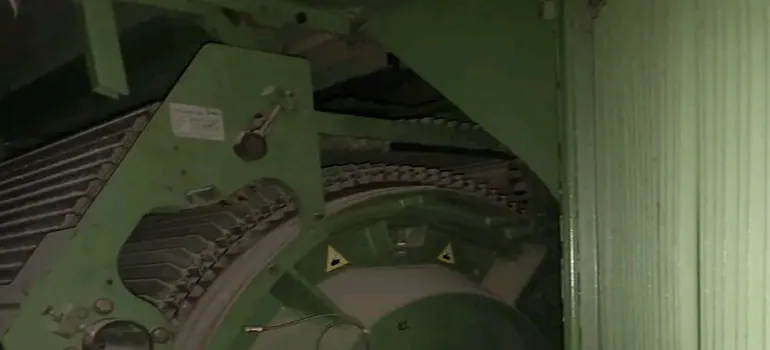
FAQs
1. How big of an industry is Pakistan’s textile industry?
Pakistan’s textile sector is extremely significant to the country’s economy. It is a substantial source of export income, adds considerably to the GDP of the nation, and employs a sizable labor force.
2. What difficulties does Pakistan’s textile sector face?
The industry faces challenges related to energy scarcity, outdated technology, and environmental issues. If these issues are not resolved, they may have an impact on its sustainability and competitiveness.
3. What are the textile industry’s competitive advantages in Pakistan?
Pakistan gains from a large cotton crop, a trained labour base, and economical manufacturing techniques. In addition, duty-free access to foreign markets is provided by trade agreements with different nations.
Conclusion
In summary, Pakistan’s textile sector is an essential part of the country’s economy and is steeped in culture and history. The industry’s durability and adaptability are demonstrated by its evolution from the ancient craft of weaving to the sophisticated textile manufacturing of today https://textilelearner.net/top-10-textile-companies-in-pakistan/ .
The industry maintains its competitiveness on a global scale in spite of the difficulties it faces because of its plentiful supply of cotton, highly skilled labour force, and economic output. The industry has the potential to expand and thrive if it can modernize, diversify into new product lines, and adopt sustainable methods. The textile sector in Pakistan is well-positioned to grow, contribute considerably to the GDP of the nation, and create jobs for its citizens with the correct investments and dedication to innovation.
More Read Telecommunications-updates-in-Pakistan

